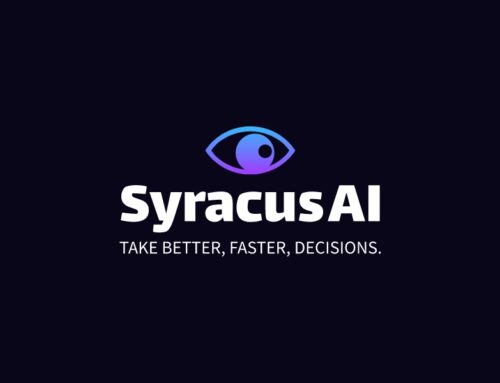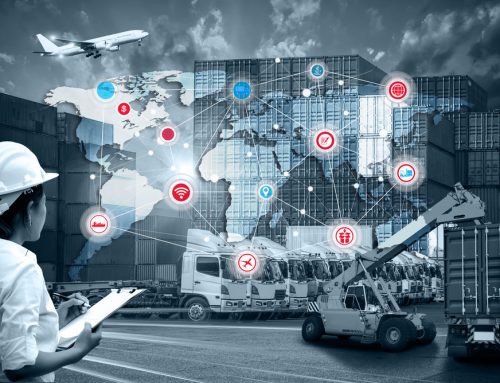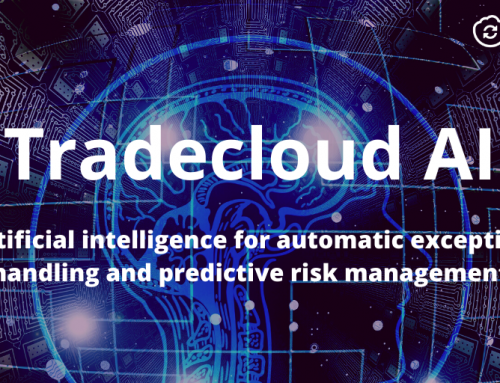The Business Problem
In this business case, AI workflow automation will be exemplified using the example of a TradeCloud client. The client is a manufacturer of machines for the sorting of eggs and is based in the Netherlands. The company has more than 200 suppliers for its components, which means putting a lot of focus on error-reduction and efficiency improvements.
There are various factors that can disrupt a good running workflow. First, supplier reliability is a big concern. How often does a supplier deliver the right quantity, at the right time and at the right place?
The second challenge, administrative tasks. A lot of manual work has to be done to process the incoming and outgoing orders. The machine manufacturer has over 85.000 order lines per year that need to be sent to suppliers, meaning an equal number of confirmations need to be made and checked. Only a small proportion will involve changes, but to manually check each line takes up a lot of time. Time that customers are not willing to pay for.
The third challenge, visibility of order history. To see what is arriving at what time and what possible exceptions there could be, the supply chain manager needs to constantly check if everything is going well.
The fourth challenge is flexibility. How flexible can a supplier be? Is it possible to deliver 20 items less or more? how quickly? and at what costs? These challenges are further compounded by ever-shorter lead times, in-house standardization and client customization.
The Solution
AI based exception handling and risk analysis with TradeCloud One
TradeCloud’s AI solution is specifically targeted at exception handling. The solution automates the entire process of sending and receiving orders to suppliers. As soon as a purchase order is created in an ERP system, it is automatically sent to the supplier, saving manual work. If the supplier confirms exactly what was asked for, the client doesn’t have to look at it anymore – everything that matches to the needs of both the supplier and customer is automatically processed.
What’s left are the exceptions: this is where the AI solutions come in. For the machine manufacturer, about 90% of the orders are automatically accepted while 10% have one or more exceptions. These exceptions could be an item being delivered a day or a week later, not in stock, price changes, etc. The AI application checks the exceptions and cross-references them with historical data to decide whether this exception is a problem or not.
Example
A supplier confirms an order to be delivered one week later than planned. Traditionally, the order has to be checked manually to confirm or reject this exception. TradeCloud’s AI solution looks at stock levels of this item on the date that the supplier proposed to deliver. It then analyses whether this will be a problem or not. When there is enough stock at that time, and there are no orders that need that item, then the order will be accepted. The AI automatically approves this exception.
The second AI solution is risk analysis. It involves TradeClouds’s self-learning AI model, based on historical data and order line exceptions. The AI solution predicts, on an order line level, whether there is a potential risk exception for this order. The solution works like a traffic light: red, orange or green. If the item never had any exceptions in the past, the probability of on-time deliveries will result in a ‘green’ light. If an exception was encountered in the past, or external factors might influence the order – such as out-of-the-ordinary weather in the region of the supplier, or general supply chain bottlenecks – it results in an ‘ orange’ or even ‘ red’ light, based on severity.
Benefits & Impact
The key benefits of the AI solution are better automated tasks, higher supplier reliability and more time for focusing on optimization. Automatic order handling with AI saves time for employees doing repetitive, non-value adding tasks, such as confirming (unchanged) orders, checking order status and sending documents.
Secondly, supplier reliability can be significantly increased with automated workflow handling. Clients can reduce safety stock, thus also reducing costs. Thirdly, purchasers can now work on adding value and optimisation, instead of reading through data. Leading clients to start focusing more on creating adding value for its own clients.
The impact of an automated workflow for the machine manufacturer was:
- Supplier reliability was increased from 82 to 97%, a 15% increase.
- 50% time saved on employees doing ‘dumb work’
- A saving of 2 FTE’s, meaning €150.000 euros in direct savings
- Approximatively €500.000 in indirect savings, since the company had to carry less stock, there were less mistakes by employees and there was less risk. This could be even higher, up to 1,5 million euros in indirect savings, due to more reliable production processes. A happy factory flow means less errors.
- A return of investment (ROI) in 12 months. The AI solution is bringing 10 times more value than it costs.
Accessibility and Requirements
To make use of TradeCloud’s AI solutions, several things are necessary. Of course, a company has to have their own systems up and running. But most importantly, a plan for collaboration within the TradeCloud environment with suppliers has to be created. An incentive to join TradeCloud might be appropriate for suppliers. For example: Payments to the supplier could be done earlier.
The results of this AI solution can be reached within several months. The implementation is about getting the application up and running. For proof of concept, a client might start with one supplier, before expanding to the rest of the suppliers.
Necessary data for TradeCloud’s AI solutions to build and train the model could include:
- Stock levels
- Order history
- Purchase order history
- Item
- Date
- Price
- Confirmation history – what was confirmed by the suppliers
- Delivery history – what was delivered in the end
In the near future, TradeCloud’s AI solution will be using external data to make better predictions for exception handling. The order could be impacted by many external factors, for example bad weather, a delayed airplane, supplier bankruptcy, manufacturing problems or a boat stuck in the Suez Canal. By implementing these external factors to the existing datasets, the accuracy of the predictions will improve. Resulting in even better results regarding supplier reliability and cost-saving.
Want to know more what AI can do for your supply chain?
Contact us.
More AI Case Studies:
AI case study 5: Workflow automation with TradeCloud One
The Business Problem In this business case, AI workflow automation will be exemplified using the example of a TradeCloud client. The client is a manufacturer of machines for the sorting of eggs and [...]
AI case study 4: Machine Learning in the Manufacturing Process
The Business Problem The manufacturing process of memory chips involves around 1,500 steps that need to be performed in sterile conditions to avoid specks of dust from damaging the wafers. However, damages occur [...]
AI case study 3: Cost-saving AI in Manufacturing Logistics
The Business Problem In the world of logistics, empty fleet management cannot be overlooked. For container shipping, the Boston Consulting Group estimates that up to 8% of a shipping line's operating costs relate [...]
AI case study 2: Efficient inventory management using Artificial Intelligence
The Business Problem A major challenge for manufacturing companies is to know what, when, where and how much stock should be ordered and kept. SME’s traditionally calculate this manually using Excel, Google Sheets [...]
AI case study 1: Demand Forecasting using Artificial Intelligence
The Business Problem One of the biggest challenges for business executives today is demand volatility in relation to demand forecasting. Whereas data availability continues to increase, customer purchase patterns are becoming increasingly complex, and [...]





